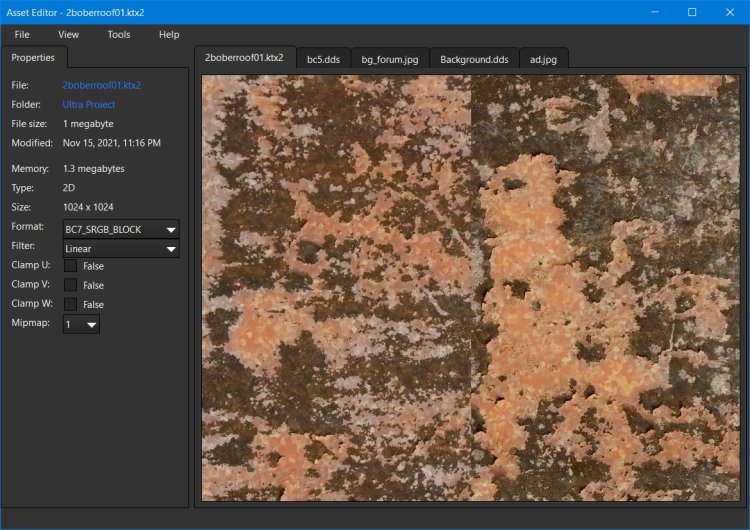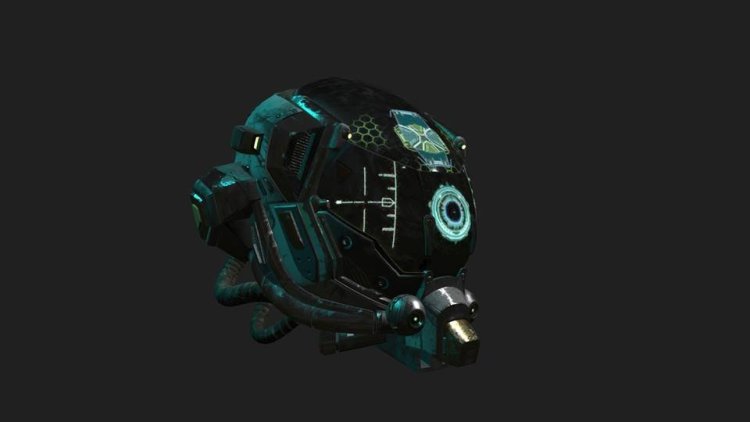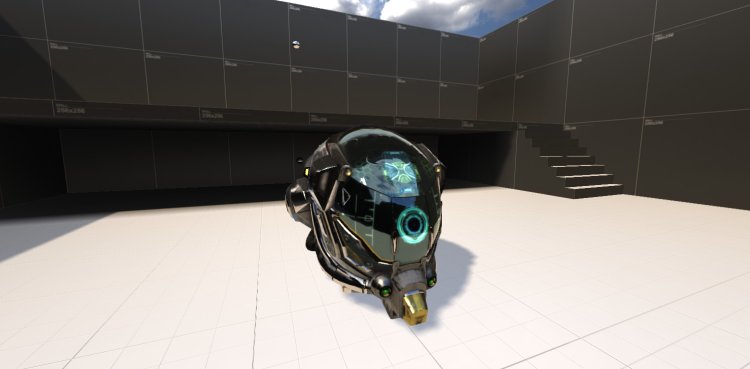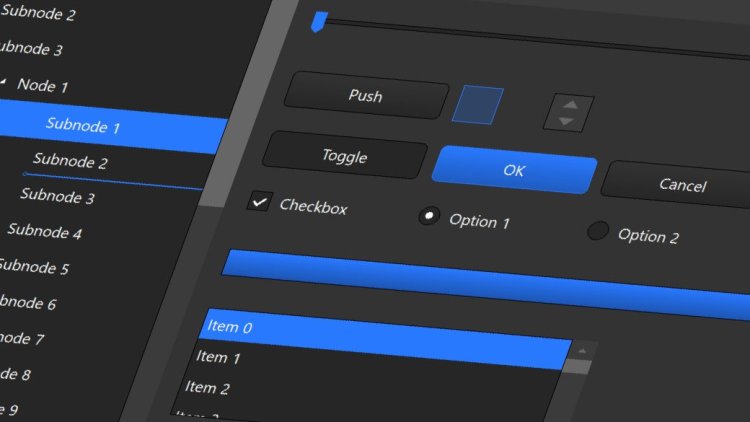Finishing Touches
At long last, the engine that felt like it would never be done is here. This is all the result of an idea I had and wanted to put to the test. Of course I never anticipated it was possible to deliver a 10x improvement in rendering performance, but here we are with the benchmarks to prove it.
Research & Development
The last four years of research and development were an opportunity to rethink and redesign what a game engine should be. Along the way there were a few ideas I had that turned out to be not that great of an idea in practice:
Variance shadow maps: Although I love the look of these under very controlled settings, the technique has extremely bad artifacts that can never be fixed. Depth shadow maps really are the best approach to texture-based shadows. They are also extremely slow to render shadow updates. I would like to see some better hardware filtering options in the future, though.
Voxel-based indirect lighting: Compelling in theory but extremely messy in practice. I learned a lot and this prompted me to integrate compute shaders into the engine, but ultimately the results I got weren't compelling enough to turn into a finished product. Given the problems everyone else has with this approach, I think it makes sense to focus on hardware raytracing as the next step up in lighting.
Novel entity component system: My idea was to make it so when you called a component method, all the components that had that method would get called. I had some complicated Lua code set up that handled this, and early builds of Ultra used a C++ preprocessor that analyzed header files and created some complicated wrappers to make C++ work in roughly the same way. Ultimately I decided the confusion wasn't worth the questionable benefit and I implemented a conventional multi-component system like everyone had asked for, without any preprocessor.
Tabbed Asset Editor: Another thing that sounded good in theory but was not great in practice was to use a single asset editor window with tabs for the different opened files. All it took was a day of using this to realize how much better it was to open each item in its own window. Hunting and clicking file names in tabs is just not fun. I get claustrophobic just looking at this:
The Results
Besides the performance, here are the things that I think turned out better than I imagined:
glTF Integration: Khronos glTF has proven to be a wonderful workflow, and eliminates any "black box" file formats for 3D content. Your game-ready files can always be pulled back into your modeling program, edited, and saved, with no need for secretive conversion pipelines. A wide variety of game-ready content is available for you to use with Ultra, so I am expecting to see no more programmer art!
Physically-based Rendering: This aligns closely with glTF integration because the file format includes a well-defined PBR materials system. The secret to good PBR is to have good imagery for reflections. To achieve this, I put a lot of work into the volumetric environment probes system that first appeared in Leadwerks. Probe volumes can now be drawn like a brush object for easier creation and precise sizing in the editor. A configurable fade distance for each edge lets you control how probes blend together. Probes also incorporate the sky lighting so you can have seamless transitions between bright outdoor areas and dark enclosed spaces.
Lua Integration: The VSCode Lua debugger turns Lua into a first-class game programming language and is a dream to work with. The editor scripting integration is in my opinion the best scripting integration of any 3D program I've ever seen. You can access the entire engine API from within editor scripts to add new functionality or modify the program. Additional documentation for the editor's innards will arrive in the coming days.
Ultra GUI: This took a lot of time but having control over every pixel and event made it worthwhile. Taking control of the user experience by writing my own GUI was one of the best decisions I made. The interface doubles up as the editor's own UI drawn using GDI+ and the in-game UI rendered with Vulkan.
C++ API: The most significant change is the user of shared pointers, which forever eliminate the problems with uninitialized and invalid pointers games were prone to as they grew more complex. Additionally, the API is generally better thought out and consistent than what we had in Leadwerks.
Terrain: You wanted more terrain material layers, so you got them. Up to 256, in fact, with fast performance. You can create multiple terrains, position, rotate, and scale them, and even create non-square terrains to fill in any area.
Player Physics: Yes, you can crouch now. ![]()
Pathfinding: It's dynamic and you can create multiple navmeshes, for different areas or differently sized characters. Pathfinding and physics are now decoupled so you can have armies of characters that only use the pathfinding system for movement.
3D Brush Editing: I was not planning on this feature until the last minute, but you can can create, move, scale, rotate, and shear brushes in any viewport, including the 3D view. the long-asked-for vertex tool is included as well as a face tool for adjusting texture mapping and geometry.
Last but not least, the engine's multithreaded design is crazy advanced! Your game code runs on its own thread, giving you a full 16 milliseconds to operate without slowing down the renderer. Physics, pathfinding, animation, rendering, and culling all operate on separate threads. It's an amazing feat in engineering that was only possible because I had seen all the bottlenecks people could create in Leadwerks, so I could plan a way around them when designing Ultra.
Early Access
The 1.0 release will be marked "Early Access" because there are still a few extra features to add, and we will have a period where changes to the workflow can still be considered based on user feedback. Once decals, particle emitters, VR support, flowgraphs, and brush smooth groups are added, that will be considered version 1.1 (no "early access"). So there will still be a few months of time where I can revise any parts of the workflow you think can be improved. There are also still some compatibility issues with AMD cards that are being resolved, so please be aware of that.
A big thanks goes out to all the testers who helped me smooth things out before the release. The good times are finally here!
-
 7
7
-
 1
1









14 Comments
Recommended Comments